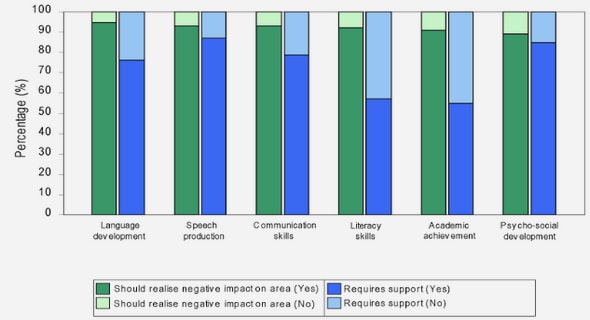(Downloads - 0)
For more info about our services contact : help@bestpfe.com
Table of contents
Chapter 1. Developmental and molecular origin of the Nigella damascena floral dimorphism
Résumé en français du premier chapitre
Preamble
Article – An APETALA3 homolog controls both petal identity and floral meristem patterning in Nigella damascena L. (Ranunculaceae)
Concluding remarks
Chapter 2. Ecological and evolutionary significance of the Nigella damascena floral dimorphism
Résumé en français du deuxième chapitre 1
Preamble
Introduction
Material and methods
Results
Discussion
References
Supporting information
Conclusion
Brève résumé en français de la conclusion
Loose ends
An essay on finding the meaning of fundamental biology research
Introduction
Version abrégé en français de l’introduction
Le contexte évolutif
La fleur – contexte morphologique, moléculaire et développemental
Méchanismes d’évolution et diversification des traits floraux
Le dimorphisme floral chez Nigella damascena
The evolutionary context
Wonderful mysteries
Darwin’s legacy
“Evolutionary concepts evolve” (Dobzhansky, 1963b)
Hopeful homeotic monsters
The flower – morphological, molecular and historical context
Why flowers?
What’s in a name?
The molecular side of the flower
Conservation of developmental programs
Molecular developmental theories of perianth architecture evolution and diversity
Homeosis in flowers
Mechanisms of floral traits diversification and evolution
Understanding floral architecture diversity
Pollination biology and flower diversity
The Nigella damascena floral dimorphism
Species context
Species description
Question 1. Molecular origin of the Nigella damascena floral dimorphism
Question 2. Evolutionary significance of perianth form variation
References
Chapter 1. Developmental and molecular origin of the Nigella damascena floral dimorphism
Résumé en français du premier chapitre
Preamble
Article – An APETALA3 homolog controls both petal identity and floral meristem patterning in
Nigella damascena L. (Ranunculaceae)
Conclusive remarks
References
Chapter 2. Ecological and evolutionary significance of the Nigella damascena floral dimorphism
Preamble
Introduction
Material and methods
Plant material
Production of a polymorphic population
The experimental set-up
Morphological measurements and notations during flowering – G0
Morphological measurements and notations on capsules and seeds – G0
Insect observations – G0
Morphological measurements and notations on progeny
Morphological measurements and notations during flowering – G1
Morph-ratio determination
Data analysis
Results
Floral traits and morphology associated with reproduction mode
Pollinator identification and behavior
Differences between population replicates
Differences between [P] and [T] – Floral traits
Differences between [P] and [T] – Capsule and seed production
Differences between [P] and [T] – Progeny development and vigor
Estimating fitness
Detection of selection on floral traits
Morph-ratio
Discussion
Morph effect on pollinator behavior
Reproduction strategies
Reproductive success
Selection on floral traits
Major conclusions and perspectives
References

